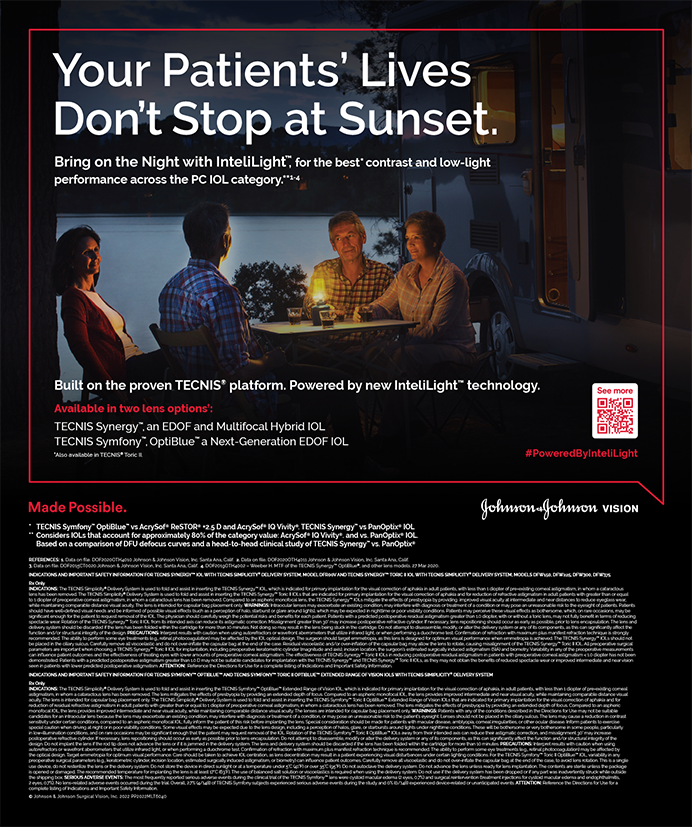
In the world of drug formulations, many things appear to be the same. The question is, are they? Years ago, the popular mindset was to move away from branded drugs toward generics. Moreover, many companies market branded drugs that are similar but sometimes have imperceptible differences. One of my disappointments in medicine over the years has been the discovery that, often, generics or follow-on drugs that have the same labeled active ingredients as an original innovative drug do not also have the same efficacy. Although cost is often the driving force behind the choice of which drugs are used, it is more important to consider their efficacy and safety.
BIOEQUIVALENCE VERSUS CLINICAL EQUIVALENCE
The FDA has defined bioequivalence as “the absence of a significant difference in the rate and extent to which the active ingredient or active moiety in pharmaceutical equivalents or pharmaceutical alternatives becomes available at the site of drug action when administered at the same molar dose under similar conditions in an appropriately designed study.”1 In other words, the active ingredients and excipients of a generic drug must match those of the branded formulation.
Bioequivalence does not guarantee equivalent clinical effectiveness. An innovative drug and a follow-on drug that have the same active ingredients on the label may perform differently clinically. For example, I have long known that generic formulations of prednisolone acetate can have disappointing clinical efficacy when compared with the branded drug, and I prefer not to use them.2 I have seen the IOPs of glaucoma patients increase when switched from brand to generic prostaglandin analogues. On the other hand, I have not seen weaknesses with generic antibiotics; perhaps it is harder to discern patterns because of the fortunate paucity of surgical infections. I personally have had problems with the generic forms of both Lipitor (atorvastatin; Pfizer) and Plavix (clopidogrel; Bristol-Myers Squibb), but my doctor and I worked it out. Colleagues who use drugs with narrow therapeutic indices such as antiseizure medications, blood thinners, antiarrhythmics, and mood medications have told me about patients who have experienced relapses when switched to generics.
Most physicians are aware of drugs that manufacturers claim to be the same because they have the same labeled active ingredients but that do not perform the same clinically. Differences in additives and preservatives, packaging that is not compatible with the formulations, poor transport conditions, and unsuitable storage practices can all negatively affect products.
If these or other factors reduce a drug’s potency, physicians may use or prescribe more of the product than is recommended in order to obtain the desired results. Possible changes in the products themselves due to suboptimal environmental conditions can lead to more serious problems.
At a Glance
• The active ingredients and excipients of a generic drug must match those of the branded formulation.
• Bioequivalence does not guarantee clinical effectiveness. An innovative drug and a follow-on agent that have the same active ingredients may perform differently.
NEW DRUG APPLICATION VERSUS ABBREVIATED FORM
Companies developing innovator drugs apply for FDA approval using a New Drug Application (NDA), but manufacturers developing generic drugs use an Abbreviated NDA. Although, for innovator drugs, companies must rely on clinical studies or, in some cases, significant published literature to demonstrate safety and clinical efficacy, generics are required only to match the innovator drug’s formulation.
Here is an example of the challenges. When I was working with Paragon BioTeck to develop a very pure solution of phenylephrine HCl, a medication that has been used for decades as a dilating agent, the company was able to use historical data rather than conduct lengthy, costly new clinical studies for FDA approval. During this process, Paragon carefully studied the conditions that are important to maintaining the purity of phenylephrine. It has been shown that prolonged exposure to light and high temperatures may affect the drug, causing the product to slowly degrade and lose potency and effectiveness.3,4 The beginning stages of degradation or oxidation are at a microscopic level and not visible to the eye. Over time, the degradation becomes visible as the solution changes from whitish to yellowish or brown in color.
Recently, another company received FDA approval for its formulation of phenylephrine, which has the same labeled active ingredients as Paragon’s. The manufacturer’s NDA cites similar peer-reviewed historical data, but its drug is supplied with room temperature labeled storage conditions. Although the two products might be equivalent in terms of ingredients, it is not known whether the formulaic changes made to the other drug in order to negate the need for refrigerated labeled storage conditions have affected its efficacy immediately or with extended shelf life.
Differences in bioequivalence and clinical efficacy have been seen with many medications. Often, generic or follow-on drugs are designed to be handled differently from other branded counterparts, so it stands to reason that there would be differences in their formulations apart from their active ingredients. I am curious whether and how those differentiating factors affect the efficacy of a drug.
COST VERSUS EFFICACY
Many individuals, and many insurance companies, compare formulations based on cost, which raises two important issues. First are the possible reasons for the lower pricing of a particular formulation, and second is that cost is not always the most significant factor when choosing a drug.
Not all drugs are equal just because they share the same set of active ingredients. Certain drugs may be packaged in materials that are inferior or not compatible with their contents in order to reduce pricing. This packaging also may not be consistent with that of other, supposedly equivalent drug counterparts. Bottles that are larger or smaller and differently sized dropper tips may lead to dosing errors or affect the convenience and ease of use. Having to administer a larger quantity of product may not only negate the cost benefit, but it also might lead to a greater potential for adverse events.
The key for me, beyond cost, is to have a proven product that I know is of impeccable quality, efficacy, and stability. Based on my clinical experience, I prescribe the medication that has been proven in clinical studies to provide the best results. For my own treatment, I critically evaluate each attempt to shift my medicines to generics or follow-on drugs. Seemingly small differences in drugs with the same active ingredients probably warrant assurance of clinical equivalence when clinicians are making choices for clinics and patients. n
1. U.S. Department of Health and Human Services, Food and Drug Administration, Center for Drug Evaluation and Research. Guidance for Industry. Bioavailability and Bioequivalence Studies for Orally Administered Drug Products — General Considerations. March 2003. http://tinyurl.com/363jwqx. Accessed April 13, 2015.
2. Roberts CW, Nelson PL. Comparative analysis of prednisolone acetate suspensions. J Ocul Pharmacol Ther. 2007;23(2):182-187.
3. Dousa M, Gibala P, Havlicek J, et al. Drug-excipient compatibility testing–identification and characterization of degradation products of phenylephrine in several pharmaceutical formulations against the common cold. J Pharm Biomed Anal. 2011;55(5):949-956.
4. Luduena FP, Snyder AL, Lands AM. Effect of ultra-violet irradiation of phenylephrine. J Pharm Pharmacol. 1963;15:538-543.
Paul S. Koch, MD
• founder and medical director of Koch Eye Associates, Warwick, Rhode Island
• pskoch@kocheye.com
• financial disclosure: stock ownership in Paragon BioTeck


